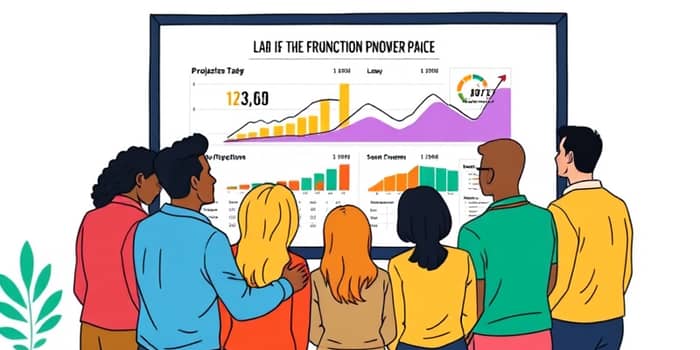
Estimating the true expense of borrowing can be daunting. With fluctuating rates, varied repayment options, and potential life changes, borrowers need clarity before signing any agreement. Loan simulators serve as powerful allies, offering projections that illuminate the long-term impact of every dollar borrowed.
Loan simulators are digital tools designed to help borrowers estimate total loan costs, compare repayment strategies, and understand their financial obligations before committing to a loan. By combining user inputs—such as balance, rate, term, income, and family size—these simulators deliver tailored cost projections and actionable advice.
Users can model a variety of loans, including:
Whether planning for education, a new home, or a vehicle, simulators empower individuals with insight into their future payments.
Modern loan simulators boast a range of capabilities that extend beyond simple calculators. By leveraging real-world data and flexible inputs, they ensure users gain a comprehensive view of their borrowing journey.
At their core, loan simulators rely on straightforward amortization formulas enhanced by user data. The process typically unfolds in three steps:
Some platforms even connect directly with financial records, pulling data automatically to ensure realistic data entry and reduce input errors.
Consider a $100,000 student loan with a 15-year (180-month) term. A borrower aiming for a $900 monthly payment can reverse-engineer the required interest rate or adjust payment amounts using tools like Excel’s Goal Seek.
Using a simulator, the borrower can visualize:
Advanced interfaces graph balance trajectories, allowing users to pinpoint milestones such as halfway payoff and interest caps.
Leveraging a simulator delivers multiple advantages to borrowers:
In fact, users of federal student loan simulators have reported average savings of 91% on debt through optimized forgiveness and repayment strategies.
While powerful, simulators have inherent constraints. They rely on user-provided or historical data and may not perfectly predict variable rate loans or fluctuating income scenarios. Thus, outputs should be viewed as informational guidance rather than guarantees.
Additional considerations include:
The U.S. Department of Education’s Federal Student Aid Loan Simulator remains a flagship resource, updated regularly to reflect new repayment plans and forgiveness options. Private lenders and financial websites provide specialized calculators for mortgages, auto loans, and HELOCs.
Financial advisors and student loan assistance firms maintain proprietary simulators to tailor strategies for clients, often integrating simulators into broader financial wellness platforms.
After running simulations, borrowers should take proactive steps to translate projections into action:
By combining detailed projections with informed decision-making, borrowers can navigate their debt journey with confidence and clarity.
In a world of financial complexity, loan simulators provide a clear path forward. Whether you’re tackling student debt, purchasing a home, or financing a vehicle, these tools illuminate every step, ensuring you make choices that align with your goals and protect your future. Start projecting your total cost today and take control of your financial destiny.
References













